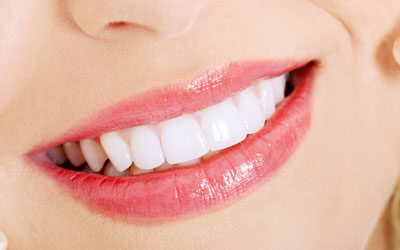If your tooth is broken, chipped, or cracked, consider your dental specialist to be soon as could be expected. Meanwhile, attempt the accompanying taking care of oneself measures: If the tooth is excruciating, take acetaminophen or one more over-the-counter pain killer. Wash your mouth with saltwater. tongue or within your lip or cheek. If you should eat, eat delicate food varieties and try not to clamp down on the broken tooth. Treatment for a broken or chipped tooth will rely upon how seriously it is harmed. If just a little piece of finish is severed, the maintenance should generally be possible essentially in one office visit. A seriously harmed or broken tooth might require a more extended and exorbitant technique. Here are a few different ways your dental specialist might fix your broken or chipped tooth.
If you have broken off only a little piece of tooth polish, your dental specialist might fix the harm with a filling. If the maintenance is to a front tooth or can be seen when you grin, your dental specialist will probably utilize a strategy called holding, which utilizes a tooth-shaded composite pitch. Holding is a basic methodology that ordinarily doesn’t need desensitizing the tooth. To bond a tooth, the dental specialist initially carves its surface with a fluid or gel to roughen it and make the holding material stick to it. Then, the dental specialist applies a sticky material to the tooth followed by a tooth-hued pitch. In the wake of molding the holding material to resemble a characteristic tooth, the dental specialist utilizes bright light to solidify the material. If a huge piece of tooth severs or the tooth has a great deal of rot, the dental specialist might crush or record part of the excess tooth and cover it with a crown, or tooth-formed cap, made to ensure the tooth and work on its appearance. Long-lasting crowns can be produced using metal, porcelain melded to metal, all gum, or all artistic. Different sorts have different advantages. All-metal crowns are the most grounded. Porcelain and gum crowns can be made to look almost indistinguishable from the first tooth.
If the whole top of the tooth is broken off however the root is as yet unblemished, the dental specialist or an endodontist (a dental specialist who spends significant time in root channels) may perform root trench treatment and spot a pin or a post in the waterway, and afterward, develop a sufficient design onto which a crown can be made. Afterward, the dental specialist can solidify the crown over the pin or post-held rebuilding. During the subsequent visit, regularly 2 to 3 weeks after the fact, your dental specialist will eliminate the impermanent crown and actually take a look at the attack of the extremely durable one preceding for all time establishing it set up. Some dental workplaces have uncommon computerized processing innovation that empowers them to make a crown that every day without taking a clay impression. They may likewise have intra-oral scanners that make a computerized impression that is shipped off a lab in an electronic document.
Call Us Today
Office Hours
M-F: 9am-7pm, Sat: 9am-6pm
Request Appointment
Click to Get the Perfect Smile





